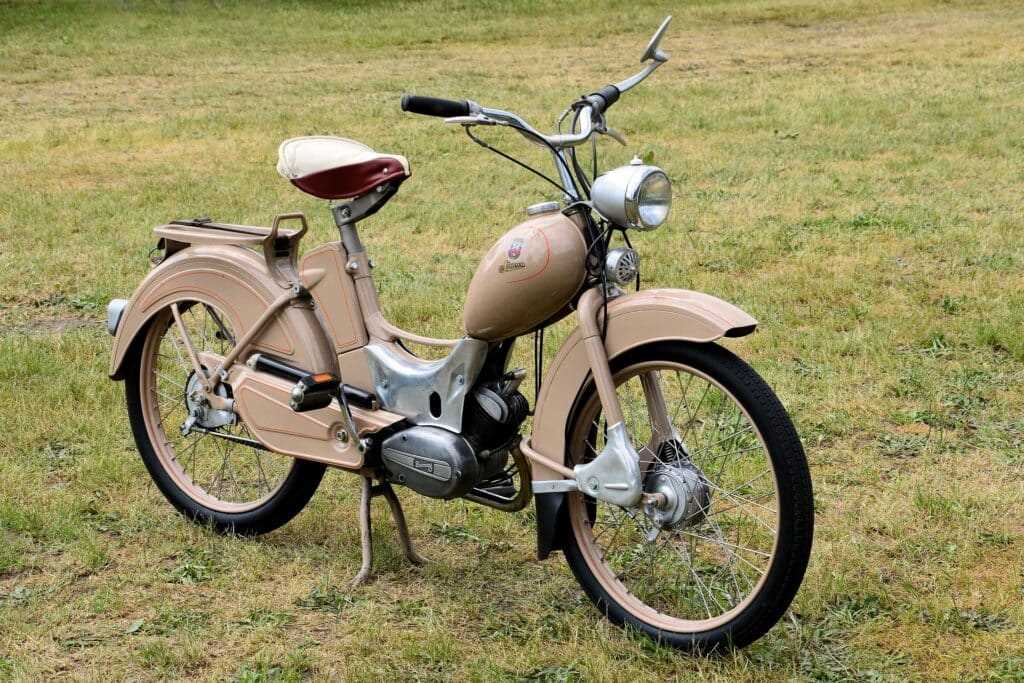
When you see a moped on the street, it’s hard not to notice how much it looks like a motorcycle. From a distance, the similarities are striking – the sleek body, the two wheels, and the handlebars. But why does a moped look so much like a motorcycle?
The answer lies in the history of mopeds. Originally, mopeds were designed to be a more affordable alternative to motorcycles. They were meant to provide a similar experience, but at a lower cost. To achieve this, manufacturers made sure that mopeds shared many of the same features as motorcycles.
One of the main reasons why a moped looks like a motorcycle is because it has a similar body design. Both vehicles have a streamlined shape that allows for better aerodynamics and increased speed. This design feature not only enhances the performance of the moped, but also gives it a sporty and stylish appearance.
Contents
The Definition of a Moped
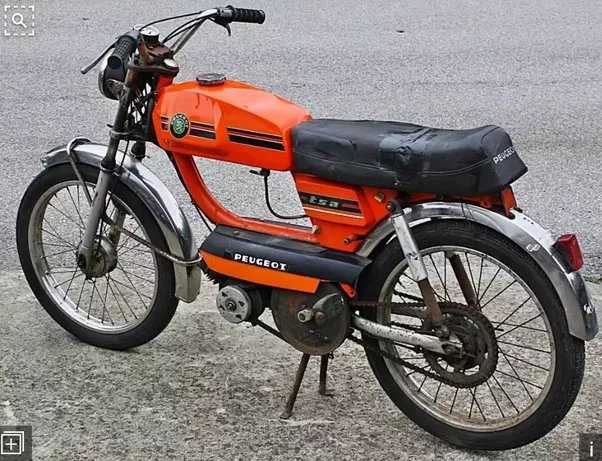
A moped is a two-wheeled vehicle that is similar in appearance to a motorcycle, but it has distinct characteristics that set it apart. While a motorcycle is typically larger and more powerful, a moped is smaller and less powerful.
One of the key differences between a motorcycle and a moped is the engine size. A motorcycle usually has a larger engine, typically displacing over 50cc, while a moped has a smaller engine, usually ranging from 50cc to 100cc. This smaller engine size allows a moped to achieve lower speeds compared to a motorcycle.
Another difference is the level of power and speed. A motorcycle is designed for higher speeds and more aggressive riding, while a moped is designed for lower speeds and more casual riding. Mopeds are often used for short trips and urban commuting, while motorcycles are used for longer journeys and recreational riding.
Despite these differences, a moped still looks like a motorcycle in many ways. It has two wheels, a frame, handlebars, and a seat, just like a motorcycle. However, the smaller size and lower power output give it a distinctive appearance that sets it apart from motorcycles.
In conclusion, a moped is a smaller, less powerful vehicle that looks like a motorcycle but has distinct characteristics. It is designed for lower speeds and casual riding, making it a popular choice for urban commuting and short trips.
What is a moped?
A moped is a two-wheeled vehicle that is similar in appearance to a motorcycle. However, there are some key differences between the two. While a moped may look like a motorcycle, it is generally smaller in size and has a less powerful engine.
One of the main features of a moped is its engine size. Mopeds typically have engines with a displacement of 50cc or less, while motorcycles often have larger engines ranging from 125cc and up. This smaller engine size allows mopeds to achieve lower speeds and makes them more fuel efficient.
In addition to the engine size, mopeds also have a different design compared to motorcycles. Mopeds usually have a step-through frame, which means that the rider can easily mount and dismount the vehicle by stepping through the frame. This design feature makes mopeds more accessible and user-friendly, especially for riders wearing dresses or skirts.
Furthermore, mopeds often have a more upright seating position compared to motorcycles. This seating position provides a more comfortable and relaxed riding experience, especially for shorter trips or city commuting.
Overall, while a moped may look like a motorcycle, it is a distinct type of vehicle with its own unique characteristics. Its smaller engine size, step-through frame, and comfortable seating position make it a popular choice for urban transportation and short-distance commuting.
Characteristics of a moped
A moped is a type of motorized vehicle that resembles a motorcycle in appearance but has distinct characteristics that set it apart.
One of the main characteristics of a moped is its size. Unlike motorcycles, mopeds are typically smaller and more compact. They are designed to be lightweight and easy to maneuver, making them ideal for urban areas and short commutes.
Another characteristic of a moped is its engine size. Mopeds usually have smaller engines compared to motorcycles, which means they have lower maximum speeds. This makes them more suitable for city riding and short distances rather than long highway journeys.
In addition, mopeds often have pedals that can be used to assist the engine. This feature allows the rider to use the moped as a bicycle when desired, providing an additional mode of transportation and saving fuel. However, not all mopeds have this feature, and it may vary depending on the specific model.
Furthermore, mopeds typically have a step-through frame design, which means the rider can easily mount and dismount the vehicle. This design feature is more convenient for riders wearing skirts or dresses and is often associated with a more casual and relaxed riding experience.
Lastly, mopeds usually have a lower price point compared to motorcycles. They are often considered a more affordable option for those looking for a motorized vehicle with two wheels. This makes them accessible to a wider range of people, including students, urban dwellers, and those looking for a cost-effective mode of transportation.
In summary, while a moped may resemble a motorcycle in its appearance, it has distinct characteristics that differentiate it from its larger counterpart. Its smaller size, engine capacity, pedal feature, frame design, and affordability make it a unique and practical choice for many riders.
The History of Mopeds
A moped is a small motorized vehicle that looks like a motorcycle but has a smaller engine and is generally less powerful. The history of mopeds dates back to the early 20th century when bicycles with small engines attached to them were first introduced.
The first moped-like vehicles were developed in Europe in the 1920s and 1930s. These early mopeds were essentially bicycles with small engines mounted on them, providing a convenient mode of transportation for short distances.
During the post-World War II era, mopeds became increasingly popular in Europe as a cost-effective and efficient means of transportation. With fuel shortages and economic constraints, mopeds offered an affordable alternative to cars and motorcycles.
In the 1950s and 1960s, moped production and sales soared, especially in countries like Italy, France, and the Netherlands. Manufacturers such as Vespa, Peugeot, and Motobécane played a significant role in popularizing these two-wheeled vehicles.
Over the years, mopeds evolved to include features such as electric start, automatic transmissions, and improved suspension systems. They also became more stylish and customizable, appealing to a wider range of riders.
Today, mopeds continue to be popular in many parts of the world, particularly in urban areas where they offer a convenient and eco-friendly mode of transportation. Their compact size and fuel efficiency make them ideal for navigating through traffic and reducing carbon emissions.
Overall, the history of mopeds reflects the need for affordable and practical transportation solutions. From their humble beginnings as motorized bicycles to their modern iterations, mopeds have remained a popular choice for those seeking an efficient and accessible means of getting around.
Origins of the moped
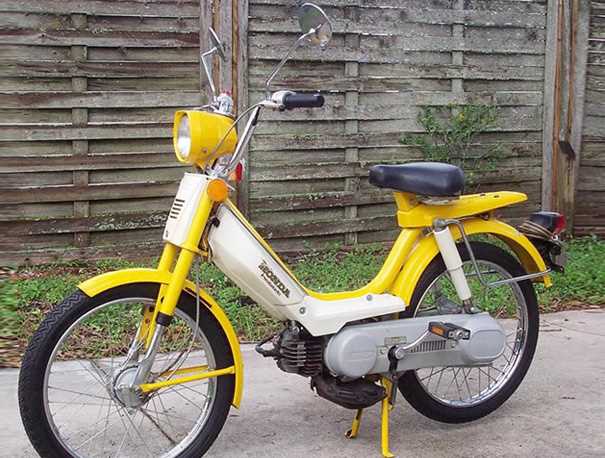
The moped, with its distinctive appearance that looks like a smaller version of a motorcycle, has an interesting history. The term “moped” is a combination of “motor” and “pedal” because early mopeds were equipped with both a motor and pedals for propulsion.
The concept of the moped can be traced back to the early 20th century when bicycle manufacturers started experimenting with adding small engines to their bicycles. These early motorized bicycles were often used as a means of transportation in urban areas, offering a convenient and efficient way to travel short distances.
As time went on, the design of the motorized bicycle evolved, and the moped as we know it today began to take shape. The addition of pedals allowed the rider to still use human power when needed, making it a versatile mode of transportation.
The moped’s appearance, resembling a motorcycle, is due to its similar design principles. Like a motorcycle, a moped typically has two wheels, a frame, handlebars, and a seat. However, compared to a motorcycle, a moped is smaller and less powerful.
Today, mopeds are popular in many parts of the world as a cost-effective and efficient mode of transportation. Their distinctive appearance continues to attract riders who are looking for a practical and fun way to get around.
Evolution of the moped
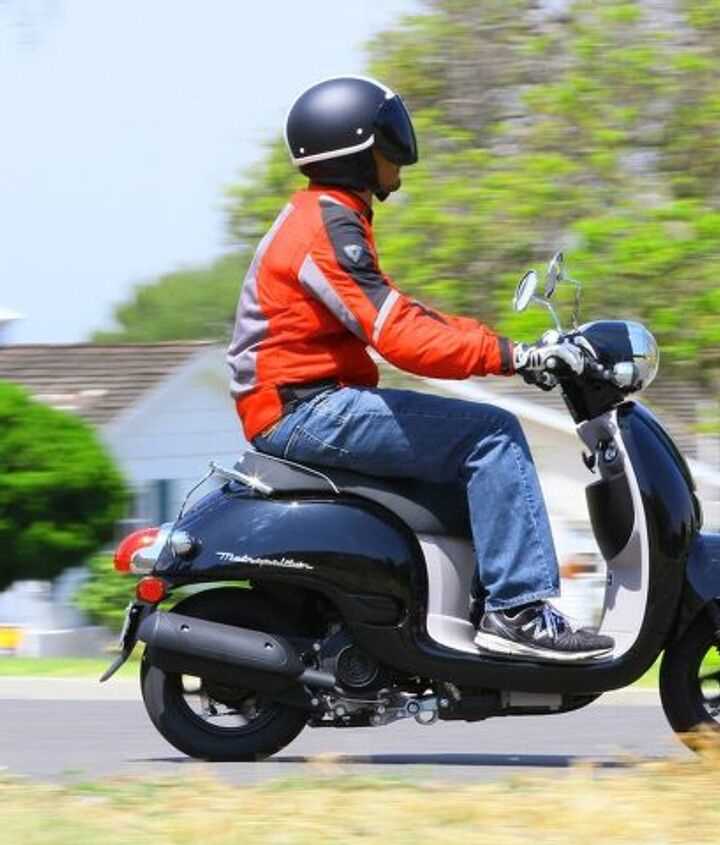
The moped has a long and fascinating history that has evolved over time. Originally, mopeds were designed as a more affordable and practical alternative to motorcycles. They were created to provide a mode of transportation that was easy to handle, fuel-efficient, and accessible to a wider range of people.
The early mopeds resembled bicycles with small engines attached to them. These engines were usually located in the rear wheel hub or mounted on the frame. The design of these early mopeds was simple and utilitarian, with a focus on functionality rather than aesthetics.
As technology advanced, so did the design of mopeds. Manufacturers started to incorporate more motorcycle-like features into their designs, such as larger engines, improved suspension systems, and more streamlined bodywork. This allowed mopeds to reach higher speeds and handle better on the road, making them more comparable to motorcycles in terms of performance.
Today, mopeds come in a variety of styles and designs, ranging from retro-inspired models to sleek and modern ones. They often feature a step-through frame, which makes it easier for riders to mount and dismount the vehicle. Mopeds also typically have smaller engines than motorcycles, which helps to keep them fuel-efficient and affordable.
Overall, the evolution of the moped has been driven by the desire for a practical and accessible mode of transportation. While they may resemble motorcycles in some ways, mopeds have their own unique characteristics that make them a popular choice for urban commuters and recreational riders alike.
Similarities Between Mopeds and Motorcycles
Mopeds and motorcycles share several similarities in terms of their appearance and functionality. Here are some of the key similarities:
| 1. Design: | Both mopeds and motorcycles are designed to be two-wheeled vehicles with a similar overall shape. They have a frame, wheels, handlebars, and a seat. |
| 2. Engine: | Both mopeds and motorcycles are powered by an internal combustion engine. While the engine sizes may vary, they both rely on gasoline as a fuel source. |
| 3. Speed: | Both mopeds and motorcycles are capable of reaching high speeds. The specific top speed may differ depending on the model and engine power, but they are generally faster than bicycles or scooters. |
| 4. Controls: | Mopeds and motorcycles have similar control systems, including handlebars for steering, brakes for stopping, and throttle for acceleration. The placement and operation of these controls are usually consistent across both types of vehicles. |
| 5. Safety Gear: | Both mopeds and motorcycles require riders to wear appropriate safety gear, such as helmets, gloves, and protective clothing. This is to ensure the safety of the rider in case of accidents or falls. |
While there are differences between mopeds and motorcycles, such as engine size, speed capabilities, and legal requirements, their similarities in design and functionality contribute to their similar appearance. The resemblance between a moped and a motorcycle is often due to these shared characteristics.
Design similarities

A moped is designed to resemble a motorcycle in many ways. From the overall shape and structure to the placement of the handlebars and footrests, a moped shares several design similarities with a motorcycle. Both vehicles typically feature a two-wheeled design, with a similar seating position for the rider. The bodywork of a moped often mimics the sleek and streamlined look of a motorcycle, giving it a sporty and stylish appearance.
Additionally, both motorcycles and mopeds usually have similar features such as headlights, taillights, turn signals, and mirrors. These components are essential for safety and visibility on the road, and their inclusion in the design of a moped further contributes to its resemblance to a motorcycle. Overall, the design similarities between a motorcycle and a moped help create a sense of familiarity and appeal to riders who desire the look and feel of a motorcycle but prefer the convenience and affordability of a moped.
One of the reasons why a moped looks like a motorcycle is because they share many components. Both vehicles have similar features such as a frame, wheels, handlebars, and a seat. These shared components help to give mopeds a similar appearance to motorcycles.
Additionally, both mopeds and motorcycles often have similar engine configurations. They may use a single-cylinder engine or a small displacement engine, which can contribute to their similar appearance.
Furthermore, the design of a moped is often influenced by the design of motorcycles. Manufacturers may take inspiration from motorcycle designs and incorporate similar elements into their moped designs. This can include styling cues such as a sleek body, a sporty look, and similar color schemes.
Overall, the shared components and design influences between mopeds and motorcycles contribute to the similar appearance between these two types of vehicles.
Differences Between Mopeds and Motorcycles
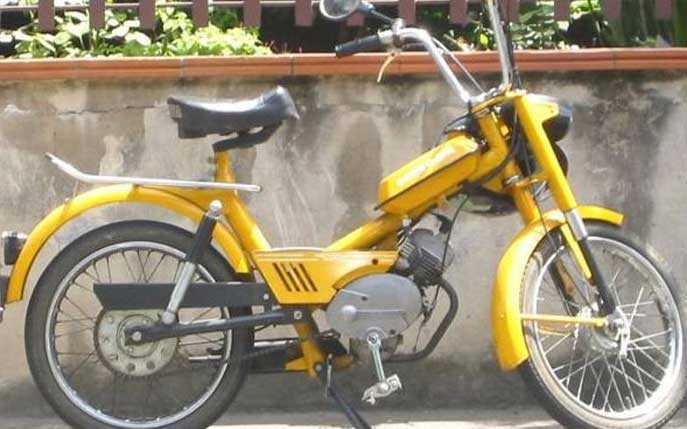
Although a moped may look like a motorcycle, there are several key differences between the two. These differences can be seen in their design, functionality, and even legal requirements.
One of the main differences is in the engine size. Mopeds typically have smaller engines than motorcycles, which affects their overall performance. While motorcycles are built for speed and power, mopeds are designed for more economical and efficient transportation.
Another difference is in the licensing requirements. In many countries, including the United States, mopeds can be ridden with just a regular driver’s license, while motorcycles require a separate motorcycle endorsement. This is because mopeds are generally considered to be less powerful and easier to handle than motorcycles.
The design of mopeds and motorcycles also differs. Mopeds often have a step-through frame, allowing riders to easily mount and dismount the vehicle. They also have pedals, which can be used to assist the engine or as the primary means of propulsion. Motorcycles, on the other hand, have a more traditional frame design and do not have pedals.
Additionally, mopeds usually have smaller wheels and tires compared to motorcycles. This can affect their stability and handling at higher speeds. Motorcycles, with their larger wheels and tires, are generally more stable and better suited for long-distance riding.
Overall, while a moped may look like a motorcycle, there are significant differences in their design, functionality, and legal requirements. Understanding these differences can help riders choose the right vehicle for their needs and ensure they are in compliance with the applicable laws and regulations.
Engine size and power
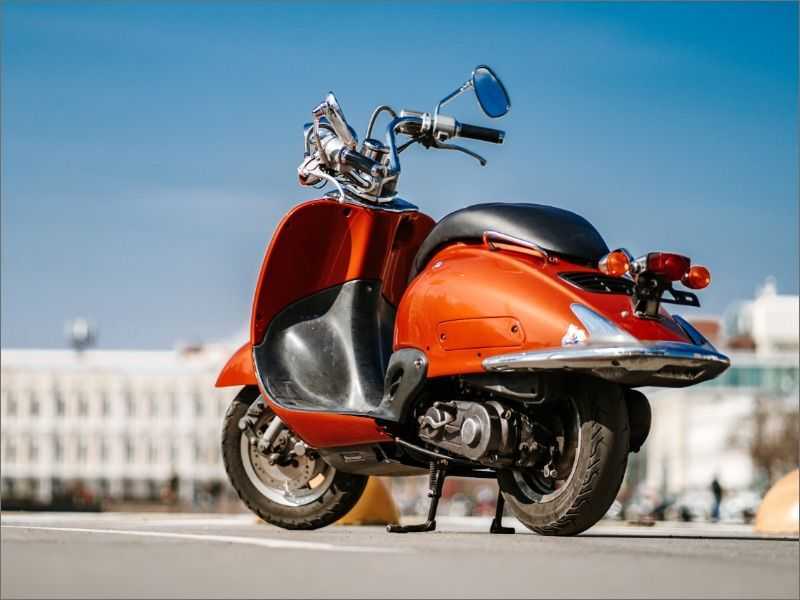
One of the main reasons why a moped looks like a motorcycle is because of its engine size and power. While both vehicles are powered by an engine, the size and power of the engine in a moped is significantly smaller compared to a motorcycle.
A motorcycle typically has a larger and more powerful engine, which allows it to reach higher speeds and handle various types of terrain. On the other hand, a moped is designed for shorter distances and lower speeds, making it more suitable for urban commuting.
The smaller engine size and power of a moped also contribute to its fuel efficiency. Mopeds are known for their excellent fuel economy, making them a cost-effective transportation option for many riders. Additionally, the smaller engine size reduces emissions, making mopeds a greener alternative to motorcycles.
However, despite the differences in engine size and power, both mopeds and motorcycles offer their own unique advantages and are popular choices for different types of riders. Whether you prefer the speed and power of a motorcycle or the convenience and efficiency of a moped, both vehicles have their own appeal and contribute to the diverse world of two-wheeled transportation.
Licensing requirements
In order to legally operate a moped, a motorcycle license is typically required. This is because a moped, although it may look like a motorcycle, is still considered a separate class of vehicle. The licensing requirements for operating a moped vary from country to country, but generally involve passing a written test and a practical riding exam.
Some countries may require additional training or certification for moped riders, especially if they are under a certain age or have no previous motorcycle experience. It is important for moped riders to familiarize themselves with the specific licensing requirements in their country or region to ensure they are operating their vehicle legally and safely.
In addition to the licensing requirements, moped riders may also be subject to other regulations, such as wearing a helmet, having proper insurance coverage, and following traffic laws. These regulations are in place to protect the safety of both the rider and other road users.

Since childhood, I’ve been fascinated with vintage scooters and motorcycles. After university, I founded a workshop that restored classics like Vespas, Lambrettas, and MZs. With my girlfriend, Akiko Tanaka, I run the workshop’s website and showcase our custom restorations at iconic rallies across Europe and North America. Our Lambretta won first place at the 2019 Euro Lambretta meet in Germany. Through our website and global events, we share our passion for restoring and riding these retro rides.
